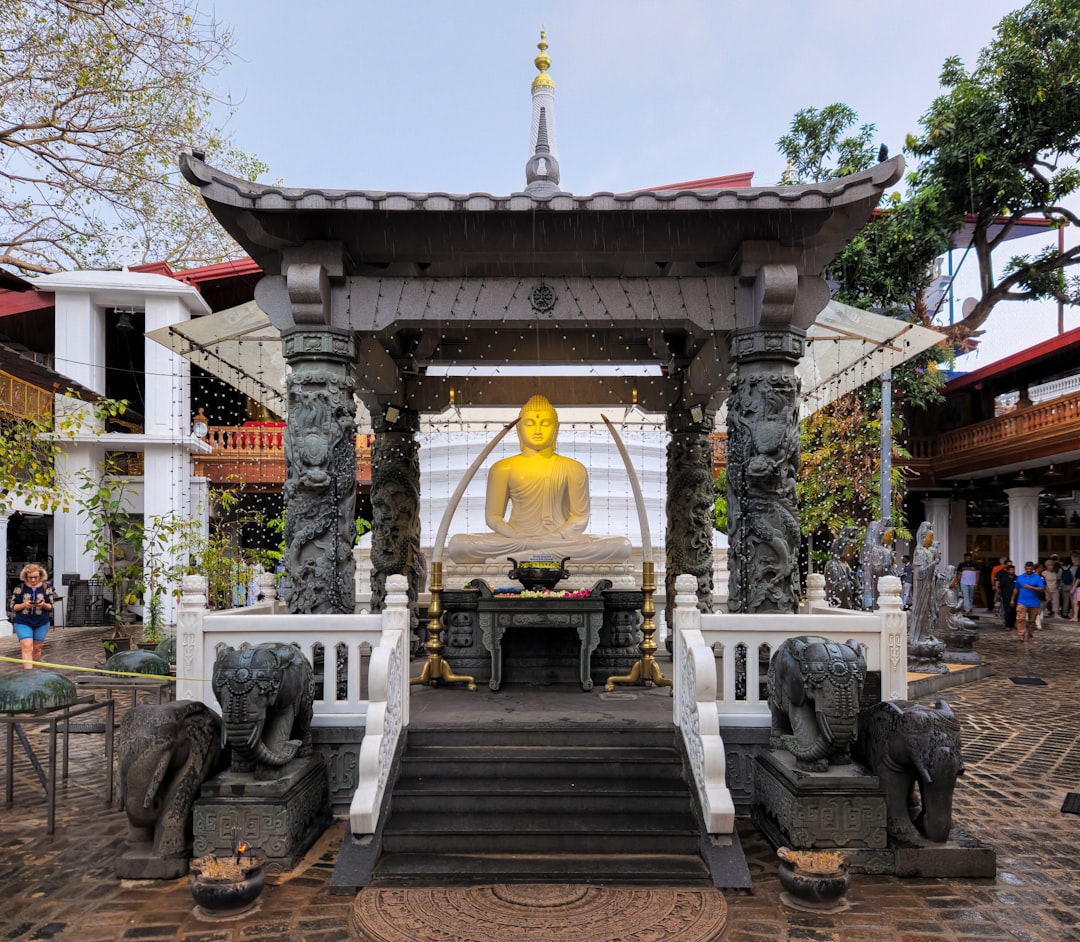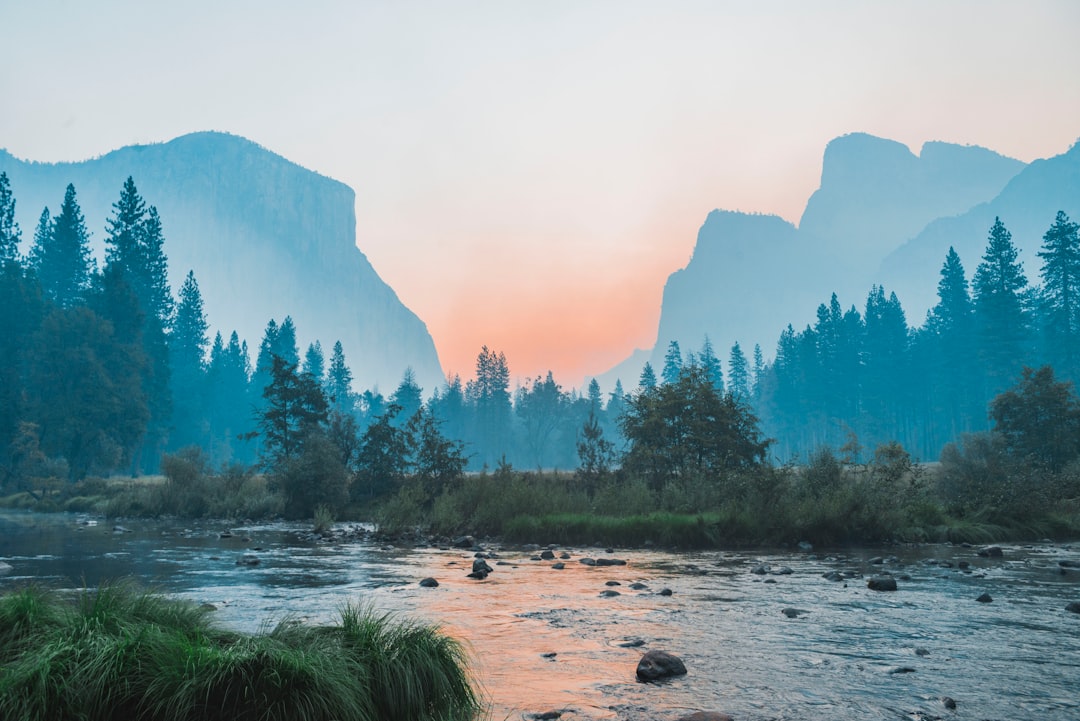
Ultimate Travel Itinerary for Europe: Explore the Best Destinations in 10 Days.
# Introduction. Europe, with its rich history, diverse cultures, and stunning landscapes, is a dream destination for many travelers. From the romantic streets of Paris to the historical ruins of Rome, planning an extensive itinerary can be daunting but rewarding. This guide provides an ultimate travel itinerary for Europe, ideal for those wanting to experience the continent's highlights in just ten days. # Day 1-2: Paris, France. Start your European adventure in the beautiful city of Paris. Known as the City of Light, Paris is famous for its art, fashion, gastronomy, and culture. Spend your first day visiting iconic landmarks such as the Eiffel Tower, where you can ascend to the summit for breathtaking views. Next, explore the magnificent Louvre, home to thousands of artworks, including the Mona Lisa. Don't forget to stroll through the charming neighborhoods of Montmartre and Saint-Germain-des-Prés, where you can savor a fresh croissant or sip café au lait in a quaint café. On Day 2, immerse yourself in the beauty of the Palace of Versailles. Just a short train ride from the city, this opulent residence showcases the grandeur of French royalty. After a day filled with history, return to Paris and enjoy a night cruise on the Seine River, soaking in the illuminated cityscape. # Day 3-4: Amsterdam, Netherlands. On the third day, travel north to Amsterdam, a city famous for its canals, vibrant culture, and historic sites. Start at the Anne Frank House, where you can learn about the brave young girl who chronicled her life during World War II. Subsequently, explore the Van Gogh Museum and the Rijksmuseum, two towering institutions of art in the city. Spend your evening cycling through the scenic canals, a quintessential Amsterdam experience. On Day 4, indulge in the city’s renowned coffee shops and local street food such as stroopwafels (thin waffle cookies filled with syrup). Take time to relax in Vondelpark before heading out to experience the vibrant nightlife in neighborhoods like Jordaan. # Day 5-6: Rome, Italy. Travel south to Rome, where each alley and corner is steeped in history. Your adventure begins at the Colosseum, an ancient landmark that served as the site for gladiatorial contests. Spend Day 5 visiting the Roman Forum and Palatine Hill, absorbing the history of the heart of the Roman Empire. In the afternoon, wander to the Panthéon and throw a coin in the Trevi Fountain. On Day 6, dedicate your day to Vatican City. Marvel at the masterpieces in the Vatican Museums, including the iconic Sistine Chapel. Don’t miss St. Peter’s Basilica and consider climbing to the dome for stunning views. In the evening, enjoy authentic Italian cuisine at a local trattoria, tasting classics like cacio e pepe or carbonara. # Day 7: Barcelona, Spain. Next, hop over to Barcelona, a city known for its unique architecture and vibrant culture. Start your day at the Sagrada Familia, a masterpiece designed by Antoni Gaudí. Spend your afternoon exploring the Gothic Quarter, with its narrow streets and medieval buildings. In the evening, head to the lively La Rambla for dinner and perhaps catch a flamenco show. Barcelona is also home to beautiful beaches, so if time permits, unwind on the sands of Barceloneta Beach. # Day 8-9: Prague, Czech Republic. From Barcelona, venture to Prague, a city that captures the essence of fairy tales. Begin your journey at the Old Town Square with its astronomical clock before crossing the iconic Charles Bridge. Spend the next day exploring Prague Castle, which offers panoramic views of the city. Enjoy a pint of Czech beer in a traditional pub and be sure to try trdelník, a popular sweet pastry. Make time to visit the historic Jewish Quarter for a comprehensive view of the city's diverse history. # Day 10: London, England. Conclude your European adventure by heading to London. Spend your last day visiting landmarks such as Buckingham Palace, the British Museum, and the Tower of London. After soaking in the sights, enjoy a leisurely afternoon tea. This quintessential British experience is the perfect way to unwind before concluding your itinerary. # Conclusion. This ultimate travel itinerary for Europe captures a perfect blend of culture, history, and stunning landscapes, all within a span of ten days. Each destination promises unique experiences—be it the romance of Paris, the artistic vibe of Amsterdam, the historical richness of Rome, the vibrant spirit of Barcelona, the charm of Prague, or the cosmopolitan allure of London. By following this guide, travelers can create unforgettable memories and fall in love with the enchanting essence of Europe. .








